The Ultimate Guide to Emulsions: Mastering the Art of Culinary Science
Emulsions are a cornerstone of culinary creativity, blending seemingly incompatible ingredients into cohesive and delicious creations. But what’s an emulsion, and why is it so crucial in cooking?
If you’ve ever wondered how to emulsify oil, why emulsified oil in vinaigrettes remains stable, or what ingredient is used as an emulsifier to make dressing, this guide will answer all your questions. Let’s dive into the fascinating world of emulsions and learn how to use them effectively.
What Is an Emulsion?
An emulsion is a combination of two immiscible liquids, like oil and water, stabilized by an emulsifying agent. It can take many forms, including oil-in-water emulsions and water-in-oil emulsions. These mixtures are foundational in cooking and food production, creating everything from creamy salad dressings to luscious sauces.
But how do emulsifiers work? They cause oil and water to mix, forming tiny droplets that disperse evenly throughout the mixture. This creates a stable, cohesive product. For instance, to make an oil and water vinaigrette stable, you could add an emulsifier like lecithin or egg yolk.
Types of Emulsions
There are two primary types of emulsions:
- Oil-in-Water Emulsions: These are more common in culinary applications. An oil and water emulsifier, such as lecithin, stabilizes these emulsions by dispersing oil droplets in water. Examples include salad dressings and homogenized milk.
- Water-in-Oil Emulsions: These emulsions feel richer and creamier than their oil-in-water counterparts. Butter and margarine are classic examples, where water droplets are suspended in oil.
Both emulsions depend on the balance between oil, water, and an emulsifying agent. Choosing the best emulsifier for oil-in-water or water-in-oil emulsion ensures stability and enhances flavor and texture.
Key Ingredients and Emulsifiers
To create stable emulsions, understanding the role of emulsifiers is essential. These molecules have hydrophilic (water-loving) and lipophilic (oil-loving) properties, allowing them to bind oil and water effectively. Here’s how they work:
- What Ingredient Is Used as an Emulsifier to Make Dressing?
Egg yolks, rich in lecithin, are a common choice. They’re the best emulsifier for oil-in-water emulsion in mayonnaise and vinaigrettes. Other natural options include soy lecithin and pectin.
- Which Ingredient Helps Add Texture and Volume to Food?
Mono- and diglycerides improve the texture and volume of baked goods. Gum arabic and carrageenan are liquid emulsions used to stabilize beverages and dairy products.
- Is Water an Emulsifier?
No, water itself isn’t an emulsifier, but it forms the liquid base for many emulsions when paired with stabilizing agents.
Creating Perfect Emulsions
Mastering emulsions requires attention to detail. Here’s how to emulsify oil and water effectively:
- Start with the Right Ingredients: Combine oil, water, and an emulsifier in the correct ratios. For instance, the best emulsifier for oil and water is often lecithin or egg yolk.
- Temperature Matters: Ingredients should be at room temperature to ensure even mixing. Heating slightly can thin the mixture, aiding in stability.
- Stirring and Blending: Use consistent, moderate stirring to avoid a split emulsion. High-speed blending can over-aerate, while insufficient mixing can lead to separation.
Applications of Emulsions
Emulsions enhance flavor, texture, and appearance in countless dishes. Here’s how to use emulsion techniques across various recipes:
- Flavor Emulsions: Infuse oils with herbs or spices for concentrated flavors.
- Salad Dressings: Combine oil, vinegar, and seasonings, stabilizing with an emulsifier. For a smoother texture, blend the ingredients thoroughly.
- Sauces: Hollandaise and béarnaise rely on emulsified oil for their creamy consistency.
- Desserts: Ice cream uses stabilizers to create a smooth, stable texture.
Even ketchup is an emulsion, combining tomatoes, water, and stabilizers into a cohesive product.
Tips for Emulsification Success
Creating a stable emulsion takes practice. Keep these tips in mind:
- Choose the Right Emulsifier: The best emulsifier for water-in-oil emulsion might differ from that for oil-in-water emulsions.
- Monitor Ratios: Balance oil, water, and emulsifier carefully.
- Avoid Common Mistakes: Adding too much liquid or using incompatible oils can cause separation.
Industrial and Culinary Uses
Beyond home kitchens, emulsions play a pivotal role in industries like food production and cosmetics. Liquid emulsions stabilize everything from mayonnaise to sunscreen, while advancements in emulsification techniques continue to improve product quality.
Conclusion
Emulsions are a culinary marvel, transforming simple ingredients into rich, flavorful dishes. By understanding how emulsifiers work and applying the right techniques, you can master the art of emulsification. Whether you’re whipping up a vinaigrette or crafting a gourmet sauce, emulsions will elevate your creations to new heights. So next time someone asks, “What’s an emulsion?” you’ll have the answer and the skills to create one perfectly.



 Settings
Settings
 Gift Card
Gift Card Blog
Blog Locate Us
Locate Us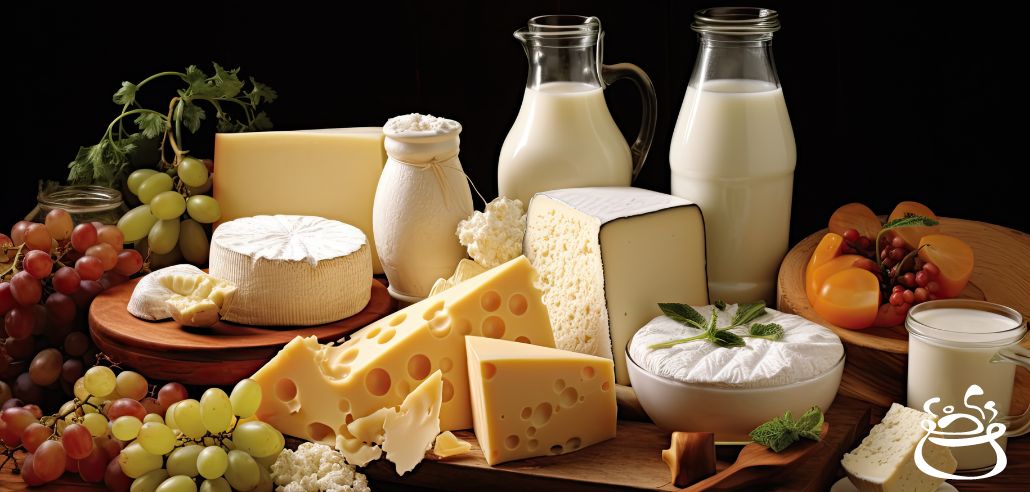


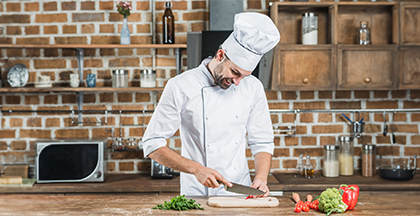
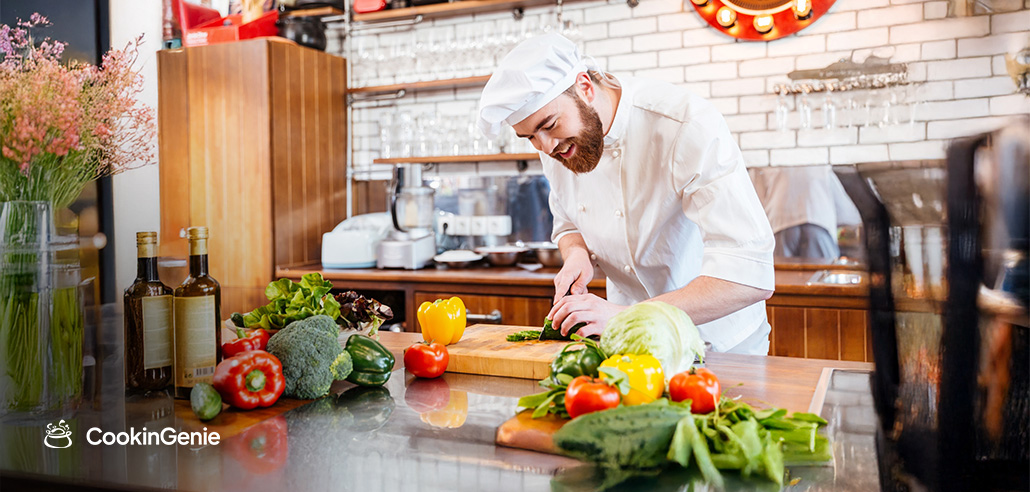
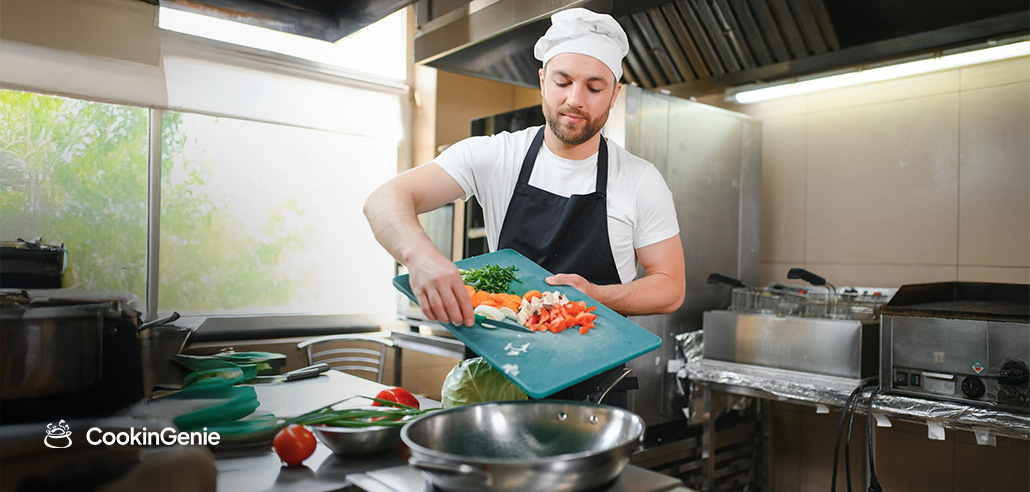
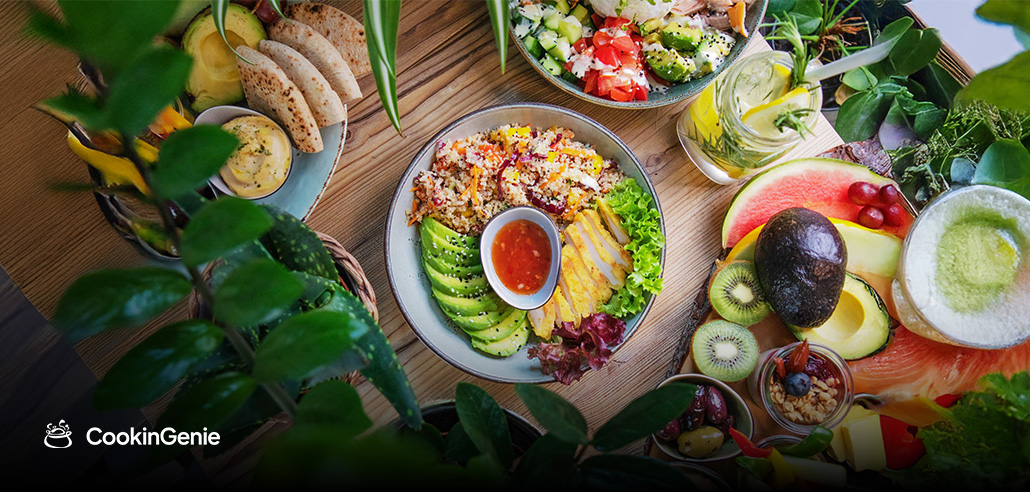





 Home
Home
 Chefs
Chefs
 Chats
Chats
 My Order
My Order



